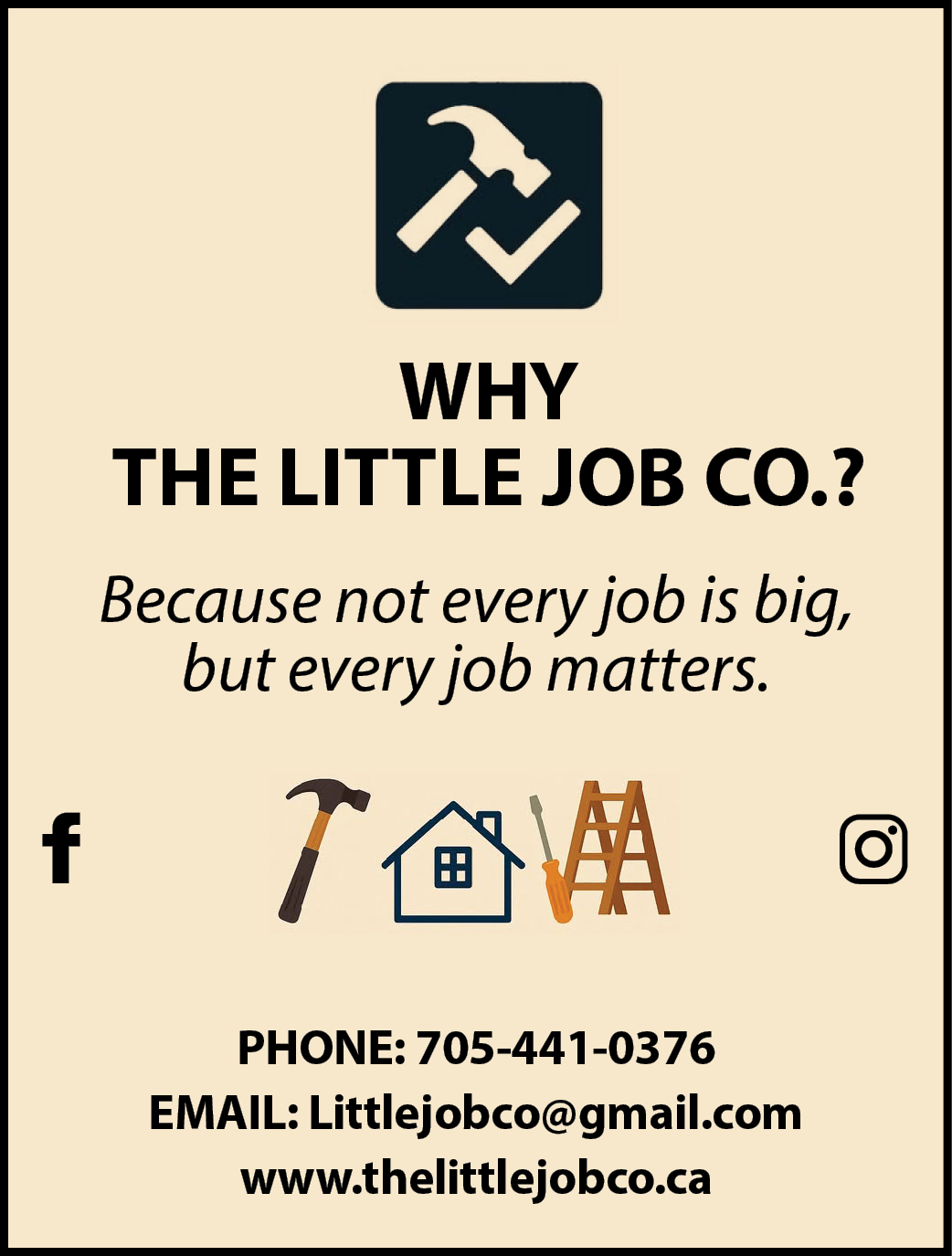 On Monday, council held their final regular meeting of 2024, and while the delayed budget process for 2025 might be the top issue currently occupying the minds of council and ratepayers, one of the major issues facing council in the years to come will be the cost of water and wastewater services, which are forecast to increase significantly over the next ten years.
On Monday, council held their final regular meeting of 2024, and while the delayed budget process for 2025 might be the top issue currently occupying the minds of council and ratepayers, one of the major issues facing council in the years to come will be the cost of water and wastewater services, which are forecast to increase significantly over the next ten years.
It is no secret that municipal water and wastewater bills in Meaford are costly, higher than virtually anywhere else in the region, and a 36-slide presentation made to council by consultants Watson & Associates at council’s November 25 meeting made clear that users of Meaford’s municipal water and wastewater services will only see their bills rise even more in the years to come.
Across the region, only Grey Highlands and the Township of Ramara, both smaller municipalities than Meaford, have higher water costs for municipal water system users than does Meaford. The size of the municipality and by extension the number of users of a municipal water system are one of the important keys to costing and affordability.
Currently, users of Meaford’s municipal water and wastewater systems pay more than triple what is paid by residents of the City of Barrie, their much larger population contributing significantly to their much lower water and wastewater rates.
A slide included in the November 25 presentation to council shows a comparison of Meaford’s combined water and wastewater rates to 25 municipalities. As mentioned, the two municipalities with higher water and wastewater costs are both smaller communities than Meaford, and the next three municipalities with rates close to Meaford’s current rates are also small communities, namely the Township of Tay, the Township of Adjala-Tosorontio, and the Township of Severn.
The municipalities with the lowest water and wastewater rates of the 25 comparison communities included in the presentation were Wasaga Beach, Essa, and the City of Barrie.
Meaford water and wastewater users currently pay roughly 50 percent more than Owen Sound residents, again, a significantly larger population helping to spread the cost and helping to lower the cost. For many services, municipal or otherwise, a critical mass is required in order to be able to provide the service at a reasonable and affordable cost.
With our already top of the pack, sky high water rates, it can be frustrating to hear that the cost of water and wastewater services for Meaford residents could very well double over the next ten years.
There are many factors that contribute to the dire forecast aside from Meaford’s population and its relatively small number of users of the water and wastewater systems compared to other communities. The pending need for the expansion of Meaford’s wastewater treatment plant, which will cost tens of millions of dollars, possibly as much as $130 million, is a major factor in the rates that users of the system will pay in the years to come.
The wastewater treatment plant expansion aside, this municipality also still has many old pipes in the ground, many made of cast iron, that need to be replaced with new, modern pipes. As was noted at Monday’s council meeting, we have some 13 kilometres of cast iron pipes still beneath our roads delivering water, and those pipes all need to be replaced over time.
As Councillor Harley Greenfield noted during council’s meeting on Monday, it is “a bitter pill to swallow”, and indeed it is.
Greenfield also noted the significant number of rules and regulations regarding water treatment and distribution that result in significant cost for delivering safe, clean water to a relatively small number of customers. “It’s not as simple as turning on a tap,” Greenfield suggested.
The presentation to council made by consultants Watson & Associates is depressing, it is frustrating, and it doesn’t offer much hope for the trajectory of Meaford’s water and wastewater rates to change course.
The two scenarios presented to council by the consultant would see Meaford’s residential water and wastewater bills as much as double over the next ten years, and for non-residential users it could be much worse.
The first scenario assumes maintaining the current rate structure, and the presentation slide notes that based on the established operating and capital program, water system users would see 11 percent increases from 2025 to 2027, followed by 5 percent increases from 2028 to 2033, while wastewater rates would see an increase of 16 percent from 2025 to 2027, followed by 5 percent increases through 2033.
That scenario would see the water bills for all users of Meaford’s water and wastewater systems nearly double in the next ten years.
The second scenario shifts the burden from residential to non-residential consumers, with non-residential customers being charged double the rate of residential consumers, which would mean just 5 percent increases for residential users from 2025 through 2033, while wastewater service users would see 12 percent increases from 2025 to 2027, followed by 5 percent increases through 2033.
The second scenario would still result in a significant increase for residential users over the next ten years, but rather than doubling the residential rates it would mean slightly more than a 50 percent increase over the next ten years with local businesses paying a much larger share than they do currently.
Councillor Steve Bartley has expressed particular concern about the impact the proposed long-term plan for water and wastewater will have on local businesses who will be expected to pay even more in order to minimize the impact on residential customers. In fact, under the second scenario, non-residential users would see their combined water and wastewater bills skyrocket over the next decade from an estimated $2,436.78 in 2024 to a whopping $6,481.16 in 2033.
As I mentioned to open this column, the cost of water and wastewater services will be one of the greatest pressure points for council and for the community in the years to come.










